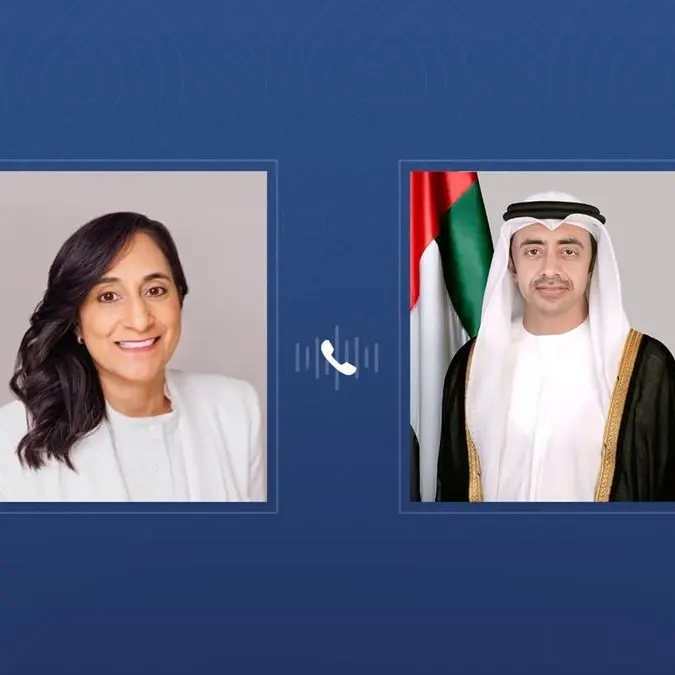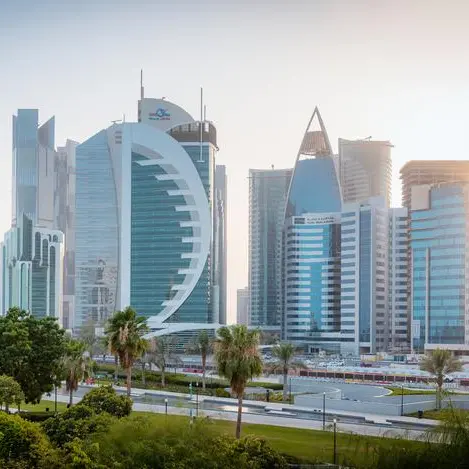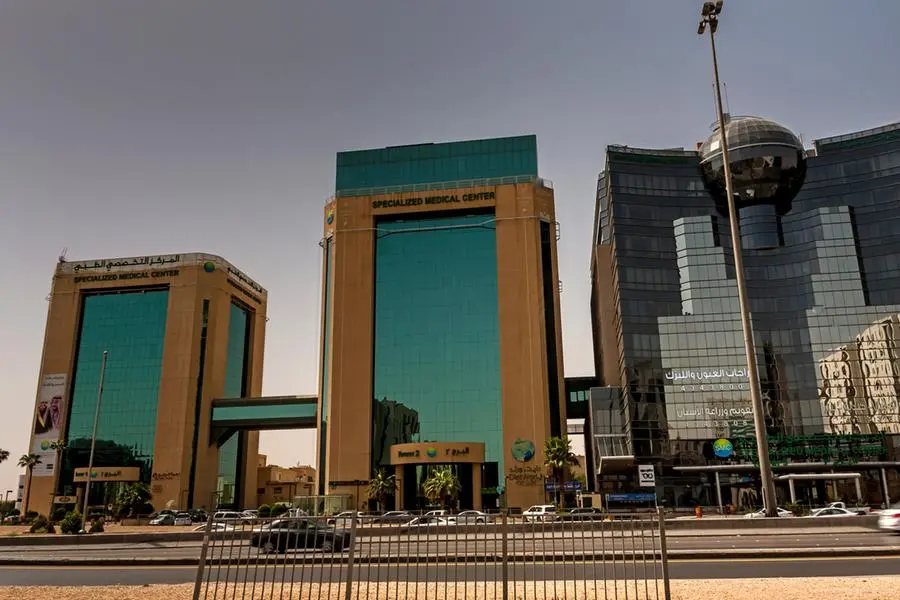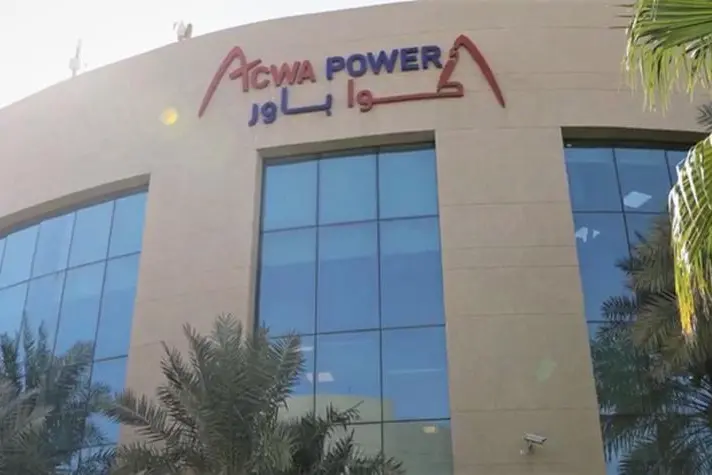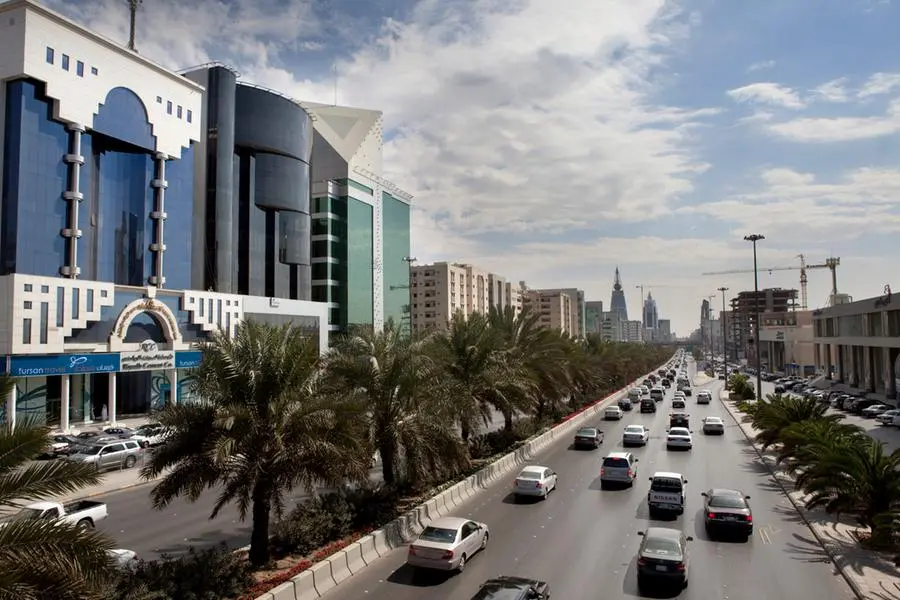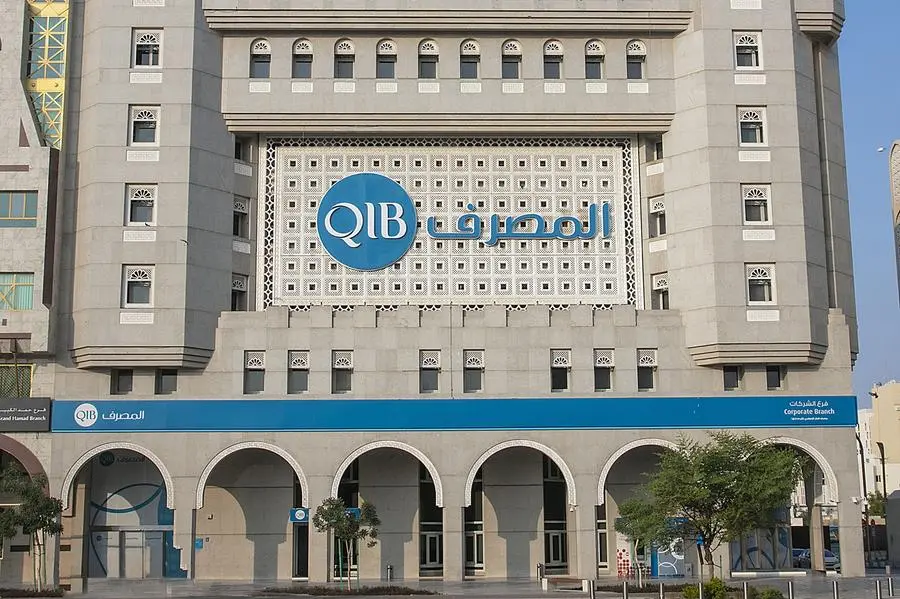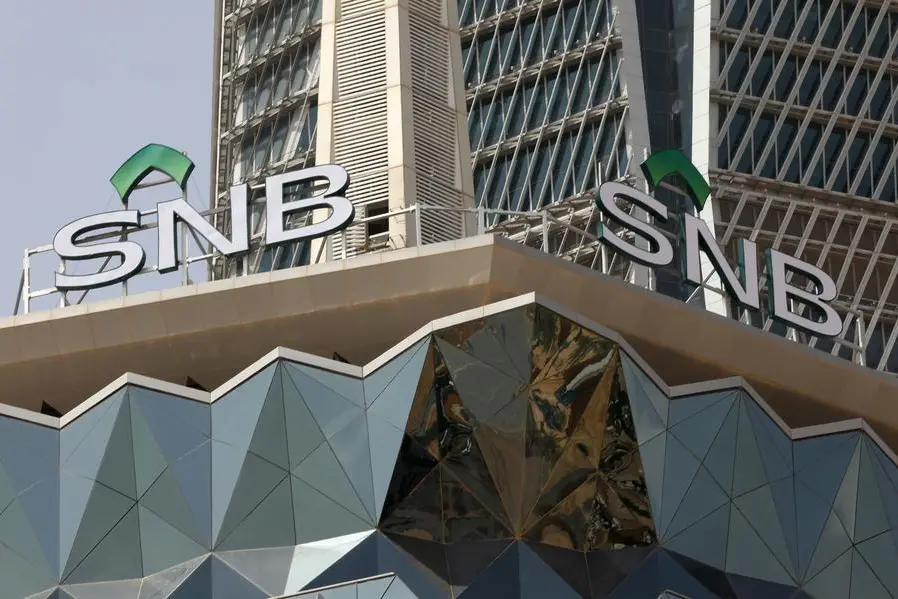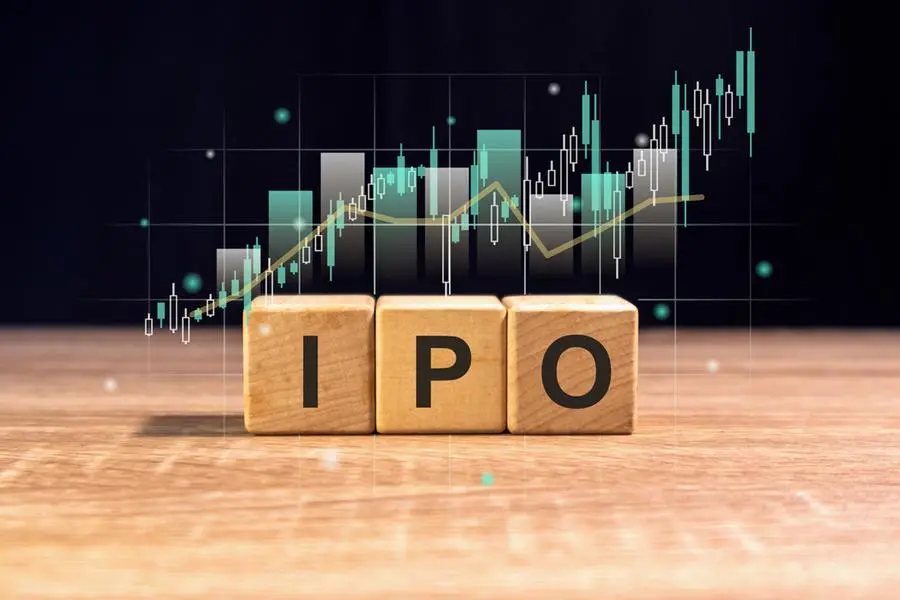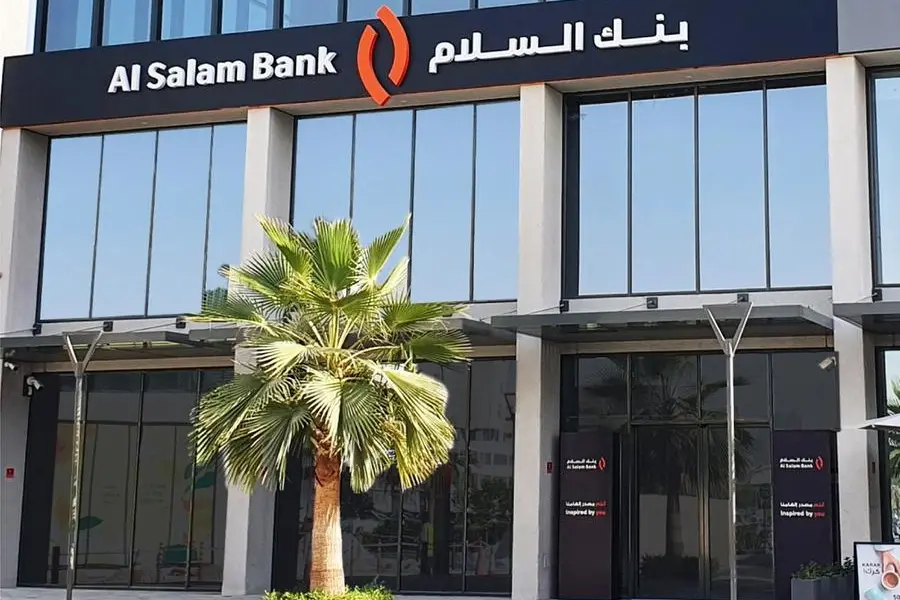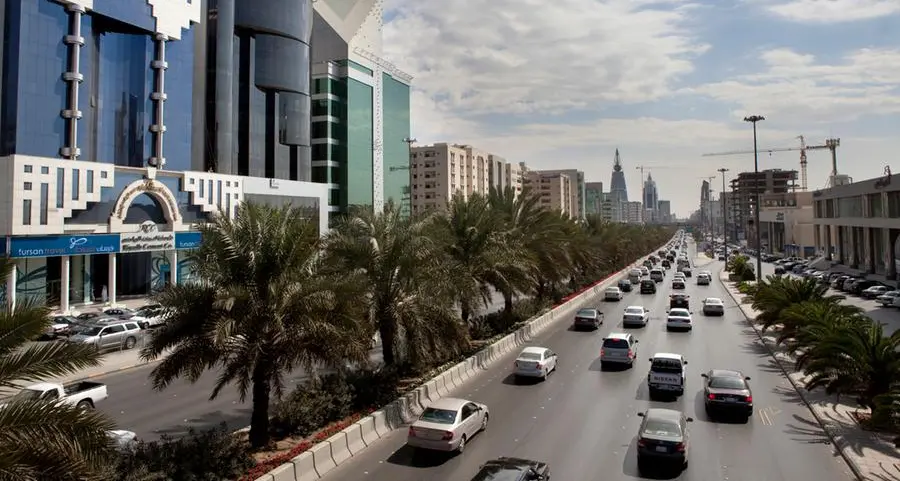PHOTO
Conceptual photo for Islamic finance, economy and profit. Image used for illustrative purpose. Getty Images
S&P Global Ratings expects a material slowdown in GCC economies’ real GDP growth in 2023-2024, compared with 2022, largely based on lower oil production.
“However, we think that Saudi Arabia's banking system performance will continue to underpin a large portion of an expanding Islamic finance industry, which will grow by around 10% globally in 2023-2024 after expanding by a similar number in 2022 (excluding Iran),” S&P said.
GCC countries, mainly Saudi Arabia and Kuwait, spurred 92% of growth in Islamic banking assets. In Kuwait, this was mainly due to Kuwait Finance House (KFH's) acquisition of Ahli United Bank (AUB).
Sharia compliance
Over the next couple of years, S&P expects the latter to convert its conventional activities to Sharia compliance in line with its acquisition plans. In Saudi Arabia, the implementation of Vision 2030 and continued growth in mortgage lending supported the 2022 performance.
In other GCC countries, growth of about 5% appears plausible in the absence of new major government investment cycles, S&P said in its report Islamic Finance 2023-2024: Growth Beyond Core Markets Remains Elusive.
At the same time, sukuk issuance continued to spur the industry's expansion despite slowing issuance volumes overall. “While we generally expect volumes to diminish in 2023, we still believe that new issuance will exceed maturing sukuk, resulting in another positive contribution of the sukuk market to industry growth in 2023.”
Structural weaknesses
Structural weaknesses still curb the industry's broader geographical and market appeal, though. “As we've stated in previous reports, we believe that progress toward greater standardisation--in part supported by the digitalisation of sukuk issuance for example--could enhance the industry's structural growth potential.”
At the same time, the increasing focus on sustainability-related themes by core Islamic finance players will create new opportunities for the industry. S&P expects the contribution of sustainability-linked sukuk to continue increasing in the next 12-24 months, albeit from a low base.
Favourable dynamics
Despite a forecast economic slowdown, S&P believes that global Islamic finance assets are set to grow in 2023-2024, largely due to favourable dynamics in a few core markets.
The Islamic funds and takaful sectors are also likely to continue to expand. S&P continues to exclude Iran from its calculations due to the lack of disclosure by Iranian banks.
Structural weaknesses still curb the industry's broader geographical and market appeal, though.
Corporates are likely to contribute to issuance volumes, particularly in countries where governments have announced transformation plans. This is the case in Saudi Arabia, where the banking system will be limited in its capacity to finance multiple projects related to Vision 2030 implementation.
Sukuk programme
Issuers with high financing needs, such as those in Egypt and Turkiye, are also likely to tap the sukuk market as part of their strategy to mobilise all available resources. For example, Egypt has established a $5 billion sukuk programme and issued its first sukuk in early 2023 for a total of $1.5 billion.
“We understand that this attracted significant investor interest, with more than $6 billion demand and a 59% allocation to investors from the Middle East and North Africa. The profit rate of the three-year sukuk was set at 10.875%, which at the time was broadly in line with the yield on Egypt's conventional bond with a similar maturity date of 2026.”
Overall, S&P thinks that the volume of new issuances will continue to exceed maturing sukuk. S&P notes a significant decline in foreign currency-denominated sukuk issuance over the past 12 months, though, mainly on lower and more expensive global liquidity. In addition, the market continued to suffer from uncertainty around regulation and standardisation.
Revaluation of underlying assets
For example, challenges related to the adoption of AAOIFI Standard 59 in the UAE resulted in a significant decline in foreign currency-denominated sukuk--from around $10 billion per year in 2018-2020 to around $4 billion per year in 2021-2022. Introducing mechanisms for the revaluation of underlying assets could be one of the next obstacles that the market may face.
S&P will continue to consider any future developments relating to regulation and standardisation and how they may affect future issuance volumes. If sukuk became an equity-like instrument, S&P believes that investor and issuer appetite, as well as and pricing mechanisms, would likely change significantly.
Sustainability and digitalisation could help the sukuk market to shore up future contributions to the Islamic finance industry.
Copyright 2022 Al Hilal Publishing and Marketing Group Provided by SyndiGate Media Inc. (Syndigate.info).

